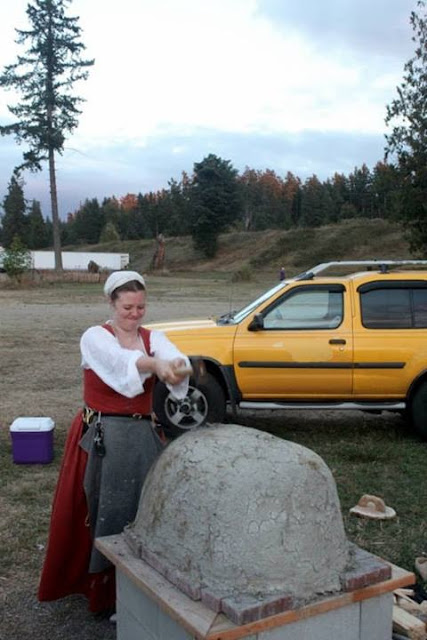I've been very sick since the end of September. I have this stupid... thing that happens to me periodically. Around here, we call it Sporadic Lego Head Holiday Syndrome. We call it that because it's apparently un-diagnosable by modern science. Perhaps the dumbest assumption I made at the beginning of this year was that I'd be able to stay healthy for the entire year so that I could complete the rather daunting task list I'd written for myself.
All that is somewhat beside the point.
 The brief interstice moments the past couple of months, I've spent working on our kitchen. Because family comes first and I keep my promises to others before I keep the ones I made to myself. So I have a functioning kitchen and a non-functioning artisan project...
The brief interstice moments the past couple of months, I've spent working on our kitchen. Because family comes first and I keep my promises to others before I keep the ones I made to myself. So I have a functioning kitchen and a non-functioning artisan project...I'm proud of the work I've managed to finish on the kitchen, but the "One Year Mission..." part of this blog has not fared nearly as well.
Have I failed?
It would be difficult to argue otherwise. I certainly can't knock out two dozen trades in the one month I have between now and January 1st. So it would be pretty stupid for me to say I haven't failed at my original mission.
If you feel the urge to say I told you so, please feel free to swallow that urge. Seriously. Don't be that person.
The truth is, this project was beginning to morph into something more long-term long before my head swelled to cartoonish proportions. If I'm honest with you and with myself I began to second-guess the format I chose for this back in August when I experienced the true difference between learning an aspect of a trade and truly practicing it.
Of course, it's impossible to practice 111 trades from 54 guilds at once. There are valid reasons why tradesmen specialized and it wasn't only because the guilds required them to. The requirements for specialization forced them to focus on a single trade and operate at the top of their game.
So now what?
Yes, I am a craftsman, but I am first and foremost, a storyteller. So I will finish the story.
This story has grown in the telling, as stories are wont to do. With every blister, splinter, burnt loaf, and failed thimble, it has become about more than the making of the stuff and less about the making of the artisan. For the past year, I expended too much effort on the tasks and not enough on the tradesmen.
A story like this deserves all the space it needs to tell it properly. It deserves more than scene setting, it deserves character development. I don't rightly know how that will look, but that's what I plan to do. So my continuing mission is a purer, more thorough version of the original one, but without the artificial time constraint.
I said at the outset that I had a problem with how history is taught, with the People Magazine approach that is a pointless litany of glittering celebrities carrying on, mostly behaving badly. It's no wonder that students view history as a list of dates to be memorized and the names of kings and generals to regurgitate. I found myself doing the same thing on a different level, ticking off a list of items to make and move on to the next.
Material culture is only interesting in how those materials reflect the culture. The tools are only interesting in the way that they reflect their user and their maker. I lost sight of that as I focused on the sprint.
Spending three weeks in the smoke and flour dust of our ersatz renaissance bakery showed me how thin my understanding of these trades was. How superficial the project had become, mostly because I had set an artificial deadline that made it look more exciting from the outside and forced it to become less in-depth on the inside.
By failing, I've set myself free from my own constraints. There's probably a deeper metaphor there for those who have an urge to mine for such things.
In the meantime, I've a story to tell. I invite you to stick around and help me tell it. If you don't, I certainly understand.
~ Scott

.jpg)


.jpg)
.jpg)


.jpg)
.jpg)
.jpg)
.jpg)
.jpg)

.jpg)
.jpg)
.jpg)
.jpg)
.jpg)
.jpg)
.jpg)
.jpg)
.jpg)
.jpg)
.jpg)
.jpg)
.jpg)



.jpg)



.jpg)
.jpg)
.jpg)

.jpg)
.jpg)
.jpg)











